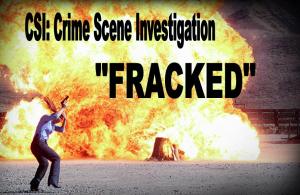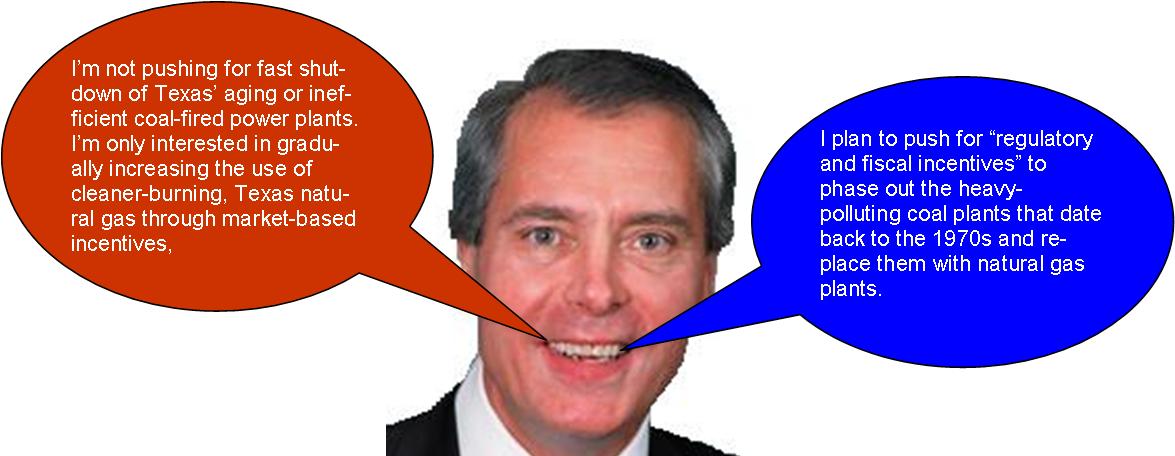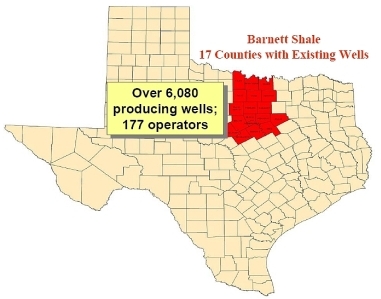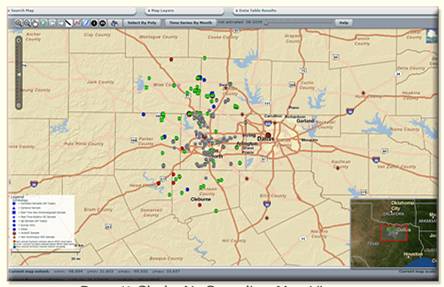Public Citizen, Environmental Defense Fund Call for Independent State Agency to Coordinate State’s Energy Efficiency Efforts
AUSTIN – In response to the Public Utility Commission’s (PUC) planned adoption of new energy efficiency goals, Public Citizen and Environmental Defense Fund today called for sweeping changes to the way Texas runs its energy efficiency programs. The groups said that a single independent state agency would better serve Texas because it could coordinate programs currently regulated by multiple agencies and reduce agency overlap.
“We have no confidence in the Public Utility Commission process,” said David Power, deputy director of Public Citizen’s Texas office. “The time has come to change the way Texas saves energy because the current setup is ineffective. It is time for the Legislature to take control and create a new state agency that can put consumers first and save more money.”
The groups plan to send a letter to state Sen. Troy Fraser, chair of the Senate Natural Resources Committee, and state Reps. Jim Keffer and Burt Solomons, chairs of the House Energy Resources and State Affairs Committees, asking them to support legislation in the upcoming session to create an independent efficiency agency.
Under current law, the PUC, the agency in charge of regulating most of the state’s “poles and wires” companies, is supposed to review and approve the energy efficiency programs of the utilities. But other state agencies oversee efficiency programs too, including the Department of Housing and Community Affairs and State Energy Conservation Office. Housing the coordination of these efforts under one roof would help streamline state regulation and create more savings potential for Texans, the groups said.
“Several agencies either run or oversee similar programs,” said Kate Robertson, energy efficiency specialist with Environmental Defense Fund. “In some instances, like market outreach, a single state agency could coordinate the activities of all efficiency programs instead of multiple people doing the same thing for their own programs.”
The groups also criticized the PUC’s negative attitude toward energy efficiency. Over the past year and a half, agency staff had been developing plans to increase the state’s goal for energy efficiency. On Friday, however, the three commissioners appointed by Gov. Rick Perry slashed the proposal dramatically, ostensibly for cost reasons, reducing the efficiency goal from 1 percent of peak demand by 2014 to a third of the growth in demand by 2013 – a much smaller increase. The PUC even has proposed curtailing the amount utilities can spend on efficiency measures.
“It is baffling to us that the commission thinks energy efficiency is not worth the cost,” said Matthew Johnson, a policy analyst with Public Citizen’s Texas office. “Ratepayers’ utility bills pay primarily for fuel like natural gas and coal, power plants and the grid infrastructure. Energy efficiency costs around a dollar per month on a typical $100 electric bill and it pays for itself by reducing the need for new, costly power plants.” (more…)
Read Full Post »



 Tar sands oil makes conventional oil look clean by comparison, as it produces 3.2-4.5 times more the carbon footprint than conventional fuel. If that weren’t bad enough cleaner fuels such as natural gas, which otherwise might be used to generate electricity, are wasted in the process of creating more dirty energy from tar sands. Tar sands oil is a type of bitumen deposited in a semi solid form whose extraction is an extremely energy intensive project. For every third barrel of oil extracted one has effectively been consumed by the process. The process of tar sands oil extraction has left vast tracts of land barren with little vegetation as it is strip mined; while only 10%, of what is excavated, is oil. While some water is recyclable, the remaining toxic water is diverted to the euphemistically named “tailing ponds”. There are 2.5-4 barrels of water dumped into these toxic lakes for every barrel of oil extracted. These toxic “ponds” are actually very large; some are even visible from space.
Tar sands oil makes conventional oil look clean by comparison, as it produces 3.2-4.5 times more the carbon footprint than conventional fuel. If that weren’t bad enough cleaner fuels such as natural gas, which otherwise might be used to generate electricity, are wasted in the process of creating more dirty energy from tar sands. Tar sands oil is a type of bitumen deposited in a semi solid form whose extraction is an extremely energy intensive project. For every third barrel of oil extracted one has effectively been consumed by the process. The process of tar sands oil extraction has left vast tracts of land barren with little vegetation as it is strip mined; while only 10%, of what is excavated, is oil. While some water is recyclable, the remaining toxic water is diverted to the euphemistically named “tailing ponds”. There are 2.5-4 barrels of water dumped into these toxic lakes for every barrel of oil extracted. These toxic “ponds” are actually very large; some are even visible from space.






